If a plant is toxic to hamsters can I assume it is toxic to voles too?
Heruga (7a Northern NJ)
5 years ago
Featured Answer
Sort by:Oldest
Comments (29)
gardengal48 (PNW Z8/9)
5 years agoNHBabs z4b-5a NH
5 years agoRelated Discussions
Burned soil in oven, how toxic is it? Useful for something?
Comments (3)Everything I have seen about sterilizing soil in the oven simply says do not allow the soil temperature to exceed 200 degrees F. I see nothing that tells me that would make the soil toxic to plants. Take a cue from volcanoes, the lava that is spewed out from them is much hotter then anything you could reach in your oven and yet plants grow in that after it cools....See MorePyrethrin toxicity
Comments (14)Isn't the whole purpose of a trap to attract bugs and then kill/trap them? What am I missing? Those JB traps are terrible, my neighbor hung one 100 feet from my property line and my gardens on their property line were covered in JBs. They were attracted to the liquid in them and flew from everywhere to get to it, landing on my plants, and feeding as they made their way to it. Ant traps work the same way, but I do not see the increase in ants, I only see the population I am trying to control taken care of. But I am sure a few more come out of hiding to check out the bait as well. Most traps work very well, but JB traps are a disaster in my opinion. Bee population.. While I don;t like killing bees, my health comes first as well as my dogs' health. I have decided to control all of the bugs in my yard because i have not found a more effective way to only take care of the pests in my yard. I will continue to look but, pyrethrin does the trick everytime. Not to mention, I have thousdans of dollars in my gardens and you are crazy to think I would run and hide from skeeters and not enjoy my property. I do have a bee farm way out in my orchard and I have not seen their population decrease. Keriann~...See MoreCleaning soil after removing toxic plants
Comments (7)and it is not a known juglone producer in any literature I've ever read. Oleander CAN'T produce juglone, since that's a hormone only exuded by the Juglandaceae, the walnut family and its related species. Allelopathy is an ongoing field of study and many plants produce allelopathic chemicals but few in concentrations serious enough to warrant attention, like the walnut. Removing the oleander and as much of the stump as possible - same as you would do for any large shrub - is sufficient to assure safety of the soil for edible crops and your livestock. FWIW, I have never read any evidence that so-called "toxic" substances -like the oleandrin glycosides - can be translocated or drawn up from the soil into other, non-specific plant tissue. Even heavy metals are typically not absorbed by plants in any significant or possibly harmful concentrations....See MoreHOSTAS TOXIC TO DOGS (and cats too)
Comments (34)Jackson is now two and just fine. As I stated last year, he ate the all the tips out of all my sprouting hosta. He had no symptoms. In most cases, dogs are smarter than to eat something toxic. The same dog that ate the hosta pips loves coffee. My late spouse told me that coffee was toxic to dogs and not to let him have anymore. I looked it up, and yes, coffee can be toxic to dogs. It would take 10 cups of coffee to make him sick, since he weighs about 20 pounds. Relax, she would probably have to eat 10 pounds of it to make her the least bit sick. She didn't eat it, she just touched it with her teeth. As I mentioned in an earlier post, Cleo gave a bunch of hosta the "death shake". She's now eight years old and just fine. She never had any symptoms, although I would have liked to have given her some symptoms at the moment I found them. A lot of people just love to pass on some tidbit of alarming information, but don't look into it before hitting that "submit" button. bkay...See MoreHeruga (7a Northern NJ)
5 years agoNHBabs z4b-5a NH
5 years agolast modified: 5 years agoHeruga (7a Northern NJ)
5 years agoNHBabs z4b-5a NH
5 years agoHeruga (7a Northern NJ)
5 years agoNHBabs z4b-5a NH
5 years agolast modified: 5 years agowoodyoak zone 5 southern Ont., Canada
5 years agoHeruga (7a Northern NJ)
5 years agowoodyoak zone 5 southern Ont., Canada
5 years agogardengal48 (PNW Z8/9)
5 years agoilovemytrees
5 years agoilovemytrees
5 years agolast modified: 5 years agoNHBabs z4b-5a NH
5 years agoHeruga (7a Northern NJ)
5 years agolast modified: 5 years agowoodyoak zone 5 southern Ont., Canada
5 years agogardengal48 (PNW Z8/9)
5 years agoLisa Adams
5 years agoHeruga (7a Northern NJ)
5 years agolast modified: 5 years agoNHBabs z4b-5a NH
5 years agoindianagardengirl
5 years agoDingo2001 - Z5 Chicagoland
5 years agoHeruga (7a Northern NJ)
5 years agolast modified: 5 years agoNHBabs z4b-5a NH
5 years agolast modified: 5 years agoHeruga (7a Northern NJ)
5 years agoNHBabs z4b-5a NH
5 years agolast modified: 5 years agoEmbothrium
5 years agolast modified: 5 years ago
Related Stories
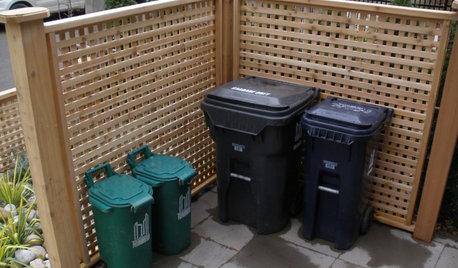
THE POLITE HOUSEThe Polite House: What Can I Do About My Neighbors’ Trash Cans?
If you’re tired of staring at unsightly garbage way before pickup day, it’s time to have some tough conversations
Full Story
PETSGarden Alert: 22 Plants to Keep Away From Pets
Avoid potential danger by keeping dogs and cats away from these landscaping and houseplant favorites
Full Story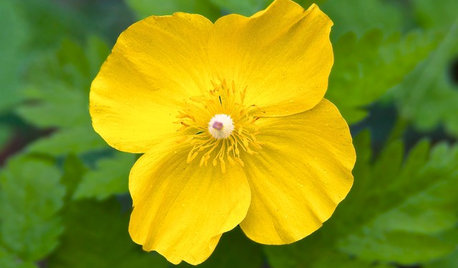
GARDENING GUIDESGreat Design Plant: Stylophorum Diphyllum
Appalachian native celandine poppy’s flowers and foliage combine to brighten a woodland garden well into summer
Full Story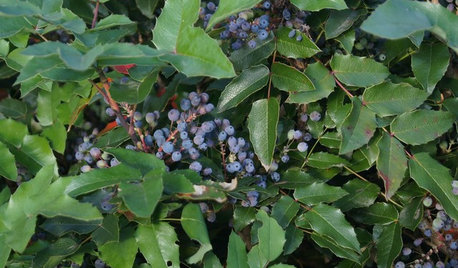
GARDENING GUIDESWhat to Plant Instead of Heavenly Bamboo
Consider these animal-friendly alternatives to a commonly used landscape shrub
Full Story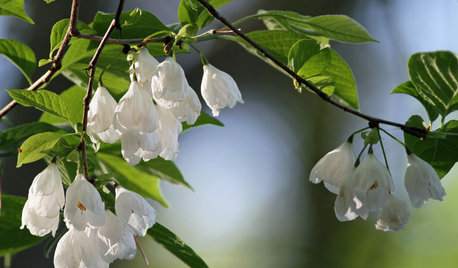
GARDENING GUIDESGreat Design Plant: Halesia Tetraptera
Carolina silverbell is a Southeastern native tree that adds spring blooms to a shady slope, a woodland edge or even a lawn
Full Story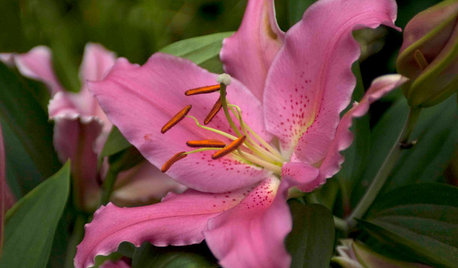
FLOWERSGreat Design Plant: Lilies
Try these delightfully exotic stunners for paintbox colors, deep fragrance and intricately detailed petals
Full Story
GARDENING GUIDESDo You Have This Invasive Plant in Your Yard?
Garlic mustard is spreading across the U.S. Here’s how to spot it and what to do
Full Story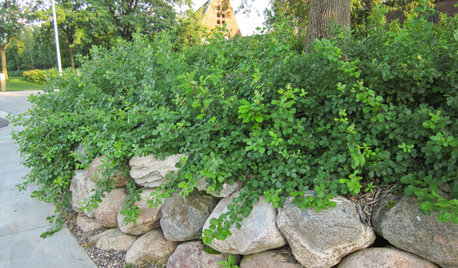
GARDENING GUIDESGreat Design Plant: Rhus Aromatica ‘Gro-Low’ Handles Many Tough Sites
Plant ‘Gro-Low’ fragrant sumac in eastern and midwestern U.S. gardens for its tolerance of tough sites, spreading form and orange fall color
Full Story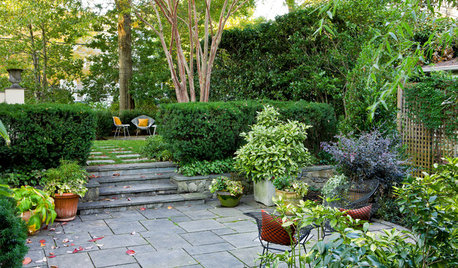
PLANTING IDEAS9 Inspiring Gardens Gain Privacy and Screening With Plants
Boost your privacy outdoors and screen adjacent buildings with planting ideas from these diverse gardens
Full Story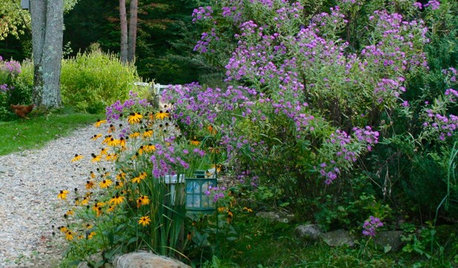
GARDENING GUIDESTop 10 Native Plants for the Northeast
For a low-maintenance, wildlife-friendly landscape, use native plants adapted to the climate and range of soils in the Northeast
Full Story


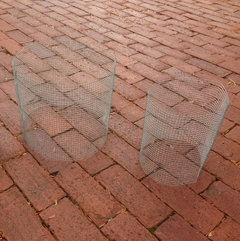





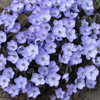

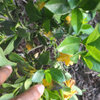
indianagardengirl